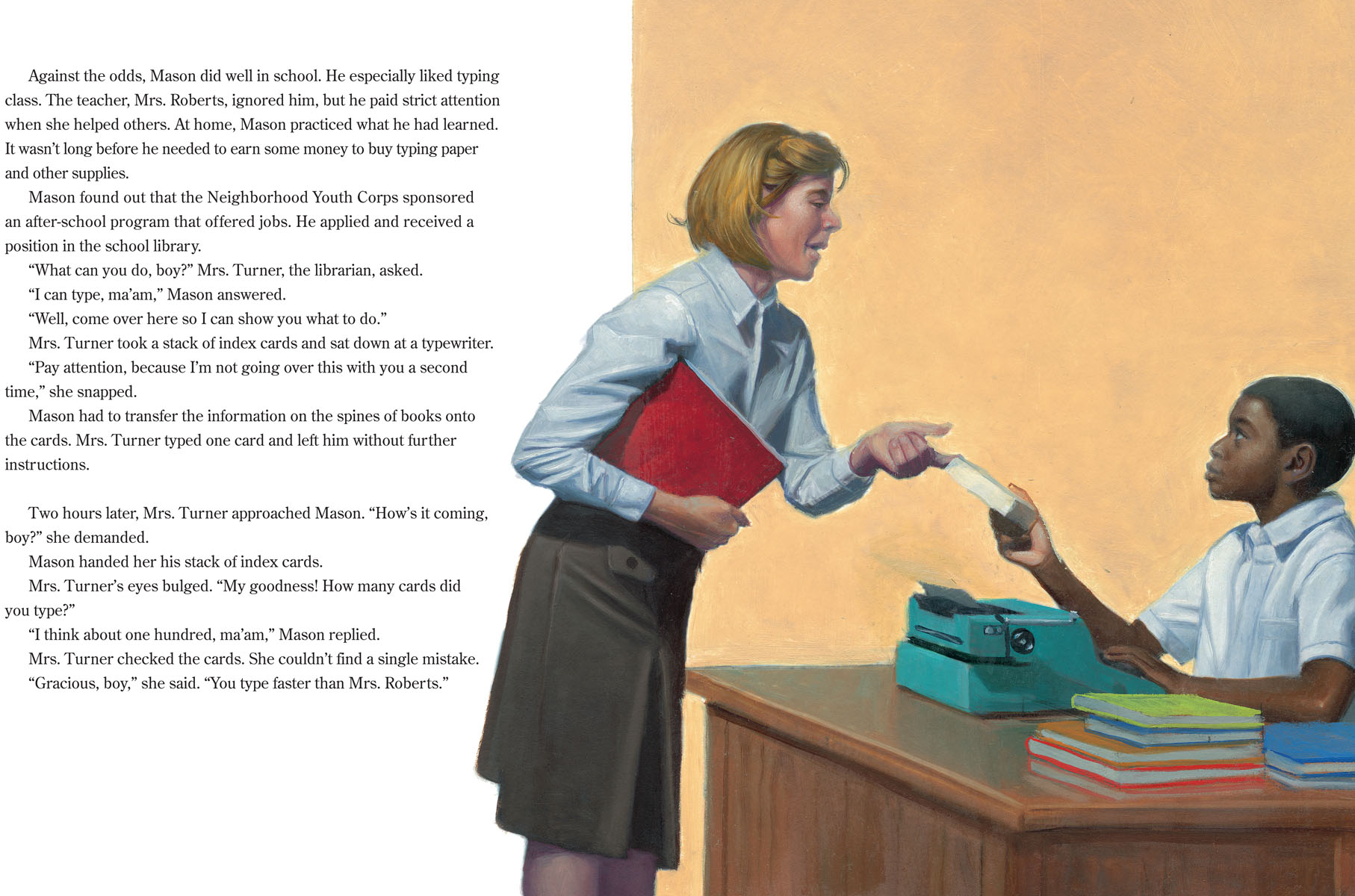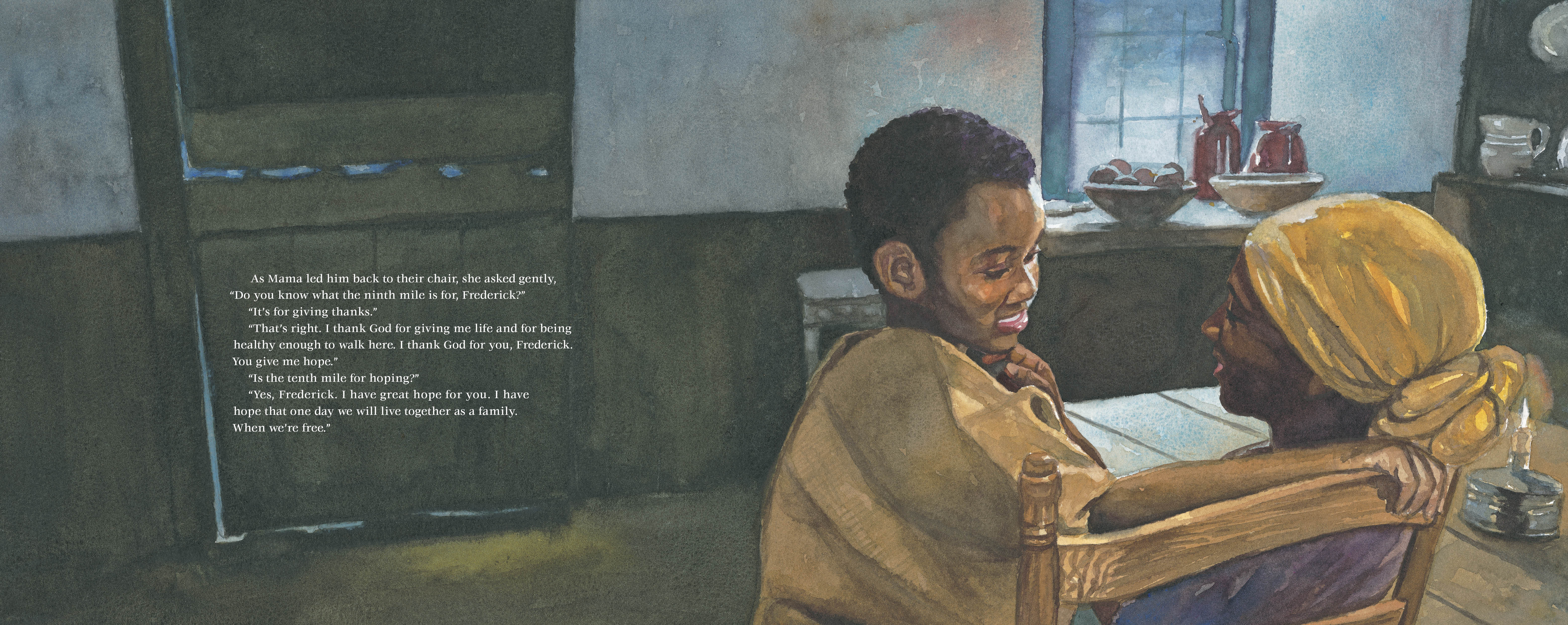 You’re a writer working on a manuscript and you’ve finally got your two most important characters in the same room. There’s tension between them. One character has a question and the other has the answer. The conflict your plot has been riding on has finally come to a head—these characters need to say what’s been on their minds for pages!
You’re a writer working on a manuscript and you’ve finally got your two most important characters in the same room. There’s tension between them. One character has a question and the other has the answer. The conflict your plot has been riding on has finally come to a head—these characters need to say what’s been on their minds for pages!
But how do you make sure that your characters say what they need to in a way that’s believable to the reader? Nothing ruins a moment like this more than when the dialogue doesn’t flow or sound believable. If this is a problem you’re grappling with, don’t worry. We asked two previous New Voices Award-winning authors, Pamela M. Tuck (As Fast As Words Can Fly) and Glenda Armand (Love Twelve Miles Long) for their tips and tricks on writing successful, realistic dialogue.
Both As Fast As Words Can Fly and Love Twelve Miles Long are strong examples of how dialogue can reveal character and move plot, but the authors used different approaches to write the dialogue for their stories. Pamela grew up in the same setting as the characters in her story so she was very familiar with the personalities and vocabulary of the characters she was creating. Her background in playwriting was also helpful—since every aspect of a story must be delivered through the characters’ dialogue in a script. Glenda’s story is about an intimate moment between a mother and son, so she imagined listening to the conversation her characters were having and transcribed what she heard. No matter which technique you use, here are some Do’s and Don’ts for writing dialogue that are sure to help make your characters’ interactions more realistic:
DO read your dialogue out loud. If your dialogue sounds long-winded, too formal for your character, or the grammar is too perfect, then it’s probably unrealistic.
DON’T use empty words. Everything your character says should move your story forward.
DO listen to conversations of people with similar backgrounds as your character. Listen for idioms, how they use or misuse words, and how they string those words together.
DON’T make dialogue difficult to read, especially in children’s literature. Remember that dialect is better understood heard rather than read.
DO use dialogue as a tool for “showing” and not “telling”. Dialogue can reveal information in your story, as well as your character’s personality. For instance, in As Fast As Words Could Fly, the librarian asked Mason, “What can you do, boy?” This phrase gives a hint of the era and setting of the story by the use of the word, “boy”. It also shows the librarian’s intimidating personality. Mason’s response, “I can type, ma’am.” reveals his inner confidence and his respectful nature.
DON’T use long sentences. Break it into a sentence and a fragment—the way people actually talk. Instead of having Frederick’s mother say, “I have hope that one day we will live together as a family when we are free.”, she says,
“I have hope that one day we will live together as a family. When we are free.”
DO pay attention to dialogue tags. In trying not to overuse said we sometimes get carried away. One cannot smile or frown words. A way to get around that inconvenient truth is to make a statement about the character just before the line of dialogue:
Her eyes reflected the candlelight as she smiled at her son. “Every mile is special, Frederick. Each mile is for something different.”
DON’T use a tag when it is clear who is speaking:
“Mama?”
“Yes, Frederick?”
“Why did God make us slaves?”
DO read your dialogue aloud—many times. If it sounds even a bit stilted, change it. Contractions usually sound more natural than the words they replace. Here’s an example in which the contractions for it is and there is make the passage more conversational:
“It’s work, but it’s also a time for sharing our burden, and for laughing and joking! Then, after the work is done, there’s plenty of eating and dancing.”
DON’T underestimate the feedback of other readers. Having someone whose opinion you trust read your dialogue can help you see your story from a reader’s perspective, and improve your manuscript.
Bonus tip: DO submit your manuscript to the New Voices Award!
Further Reading:
Building a Biography: An Interview with New Voices Award Winner Andrea Loney and Senior Editor Jessica Echeverria
How to Make Your New Voices Submission Stand Out
Submitting to our New Voices Award: Tips from an Editor
Interview: 2013 New Voices Award Winner Sylvia Liu
New Voices Award Winners on Revising Your Story












